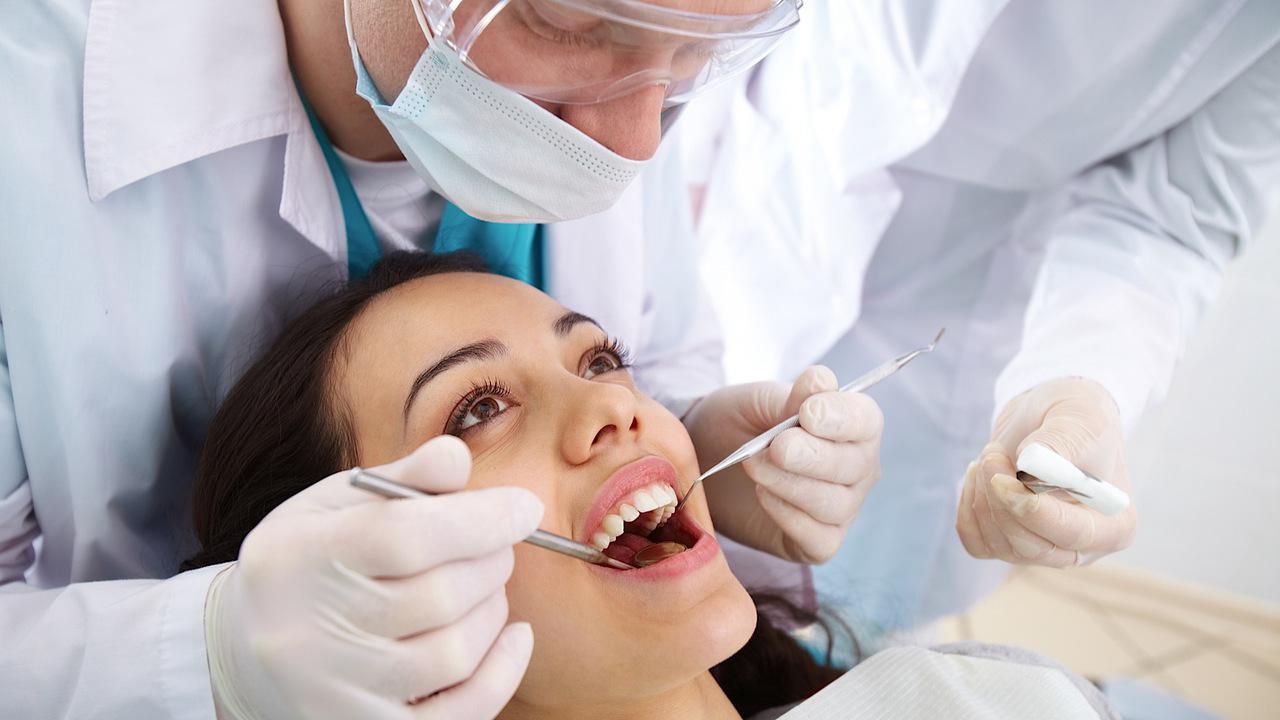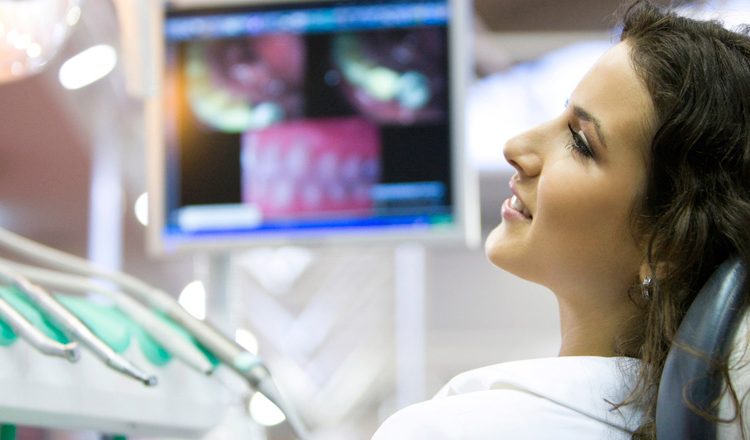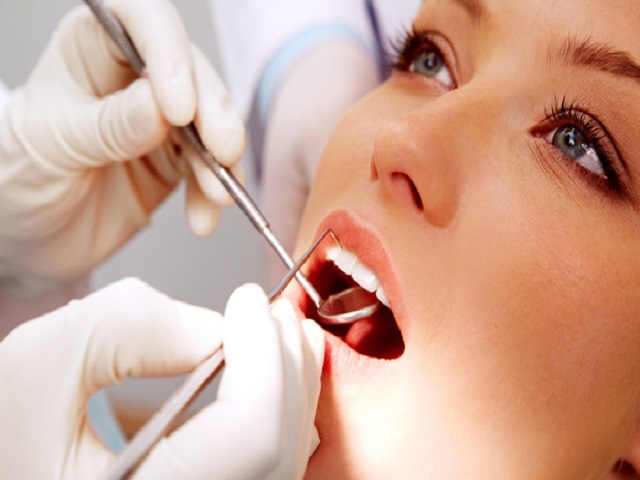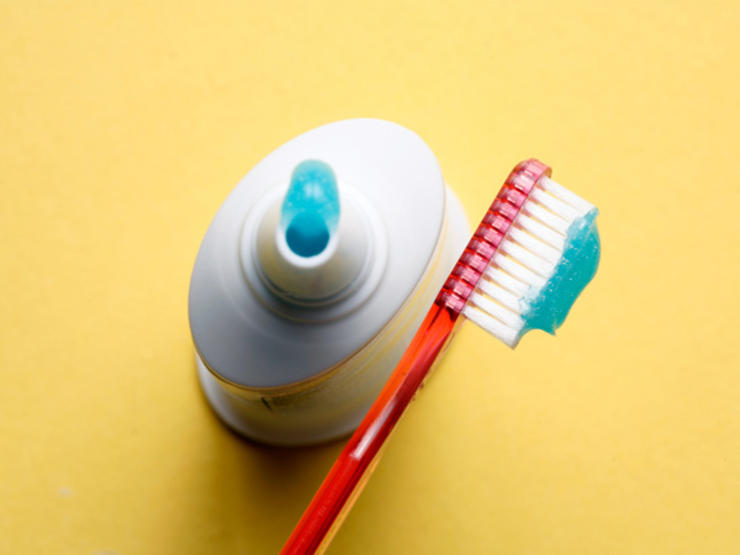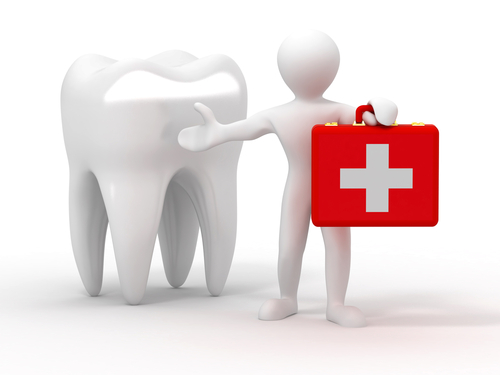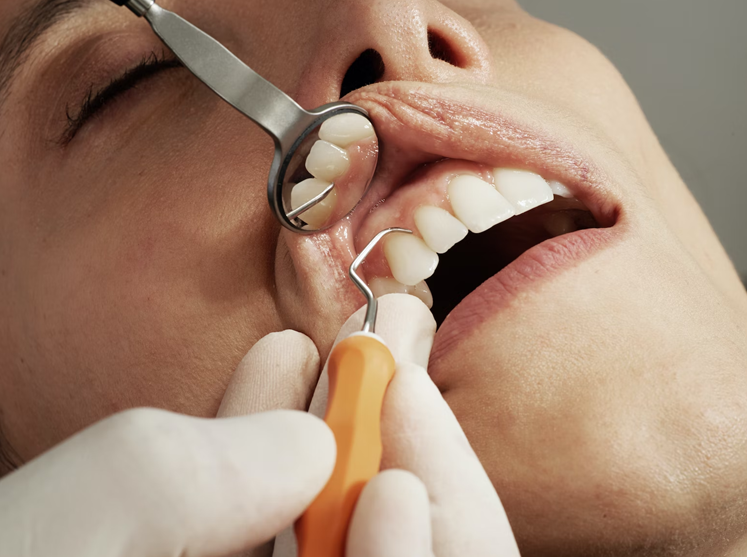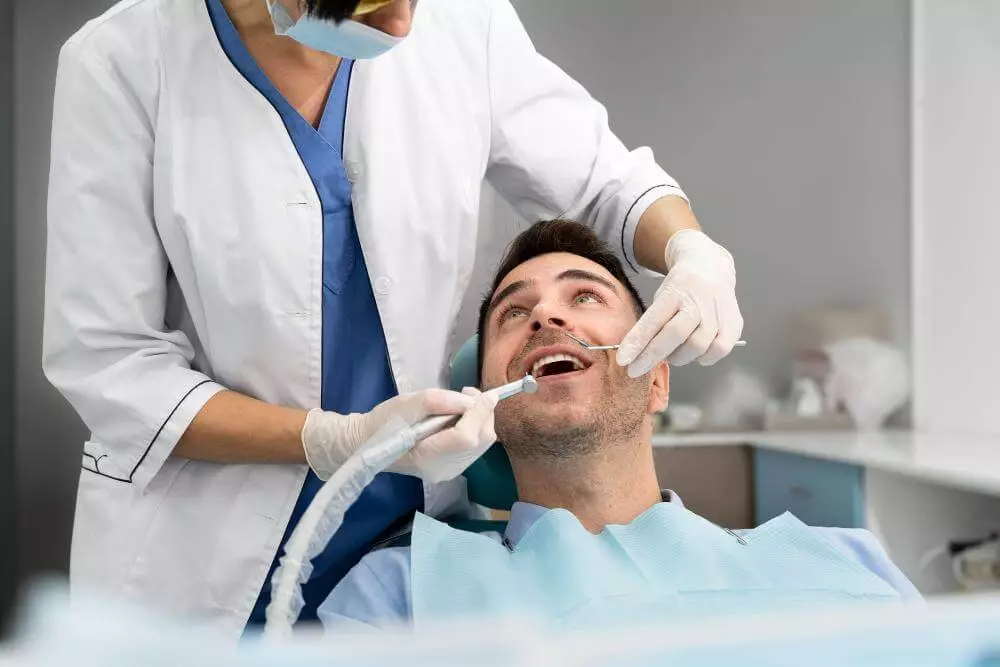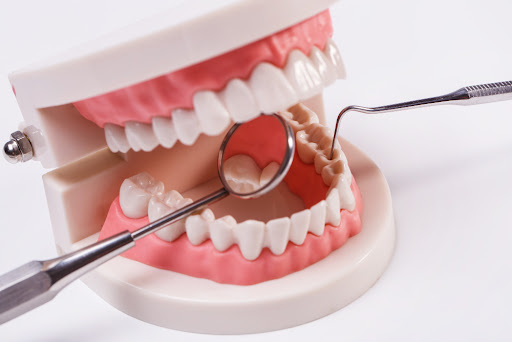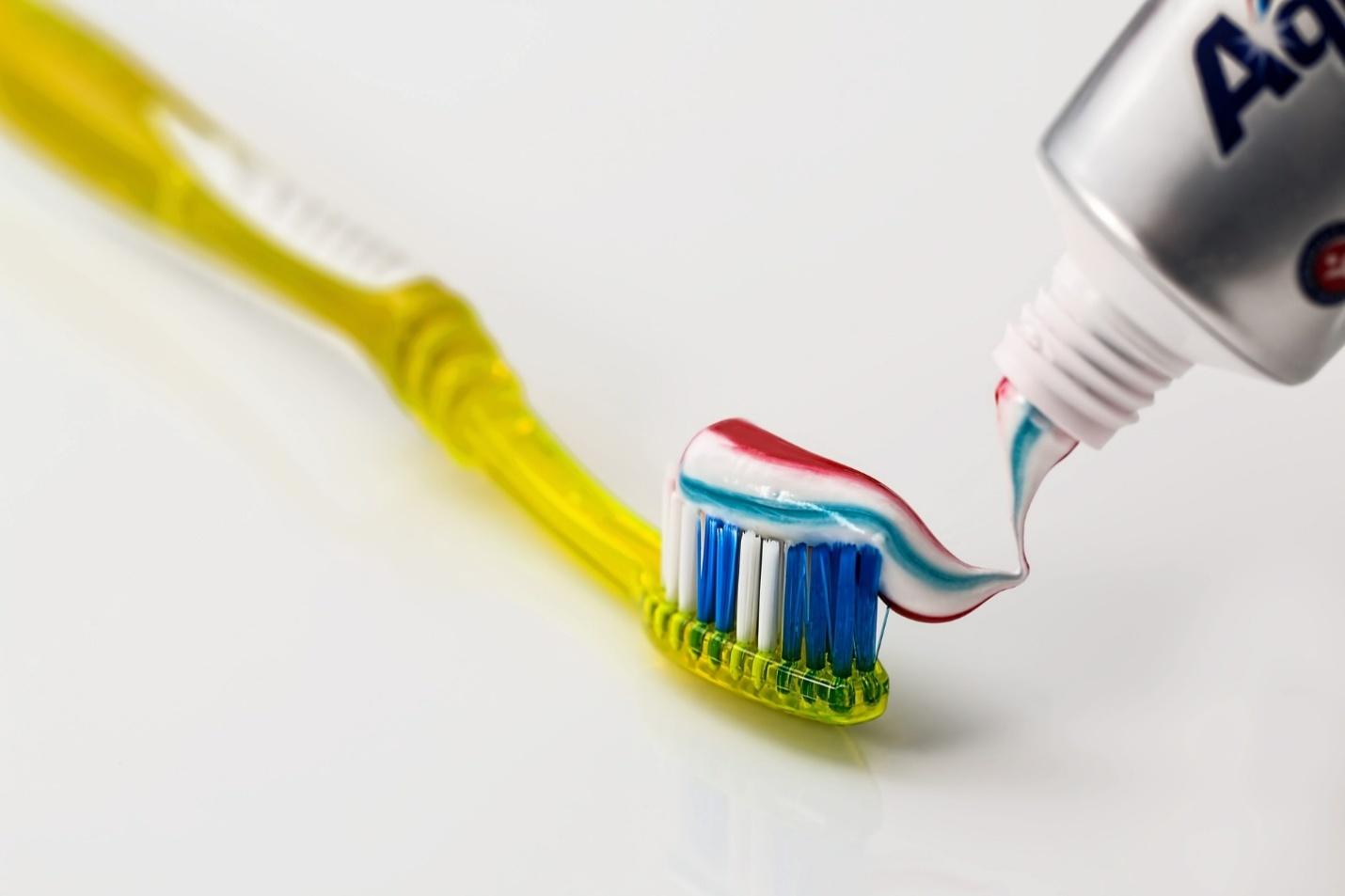Just like us, dogs need consistent dental care to prevent issues that go far beyond the mouth. From plaque buildup to potentially life-threatening infections, ignoring your dog’s dental health can lead to painful and expensive consequences. That’s why dog dental cleaning should be a regular part of your pet’s healthcare routine.

Contents
Why Dog Dental Cleaning Matters
Dental disease in dogs is more common than most pet parents realize. In fact, the American Veterinary Medical Association (AVMA) reports that over 80% of dogs show signs of periodontal disease by age 3. This condition causes inflammation of the gums and can lead to tooth loss, jawbone damage, and even infections that spread to organs like the heart or kidneys.
Common Signs Your Dog May Need a Dental Cleaning:
- Persistent bad breath (halitosis)
- Yellow or brown buildup (tartar) on teeth
- Red, swollen, or bleeding gums
- Difficulty chewing or eating
- Drooling more than usual
- Pawing at the mouth or face
- Loose or missing teeth
Catching dental problems early helps prevent these painful symptoms and costly treatments. Regular dog dental cleanings can extend your pet’s life and improve their quality of life by keeping infection and inflammation at bay.
What Happens During a Dog Dental Cleaning Appointment?
A professional dog teeth cleaning is more thorough than anything you can do at home. It typically involves several important steps performed under the supervision of a trained veterinary team:
1. Physical Examination
Before any procedure, your vet will check your dog’s overall health to ensure they’re a good candidate for sedation. They’ll listen to the heart and lungs, check for signs of systemic illness, and review any previous health issues.
2. Bloodwork and Anesthesia Prep
Pre-anesthetic bloodwork is done to evaluate organ function—particularly the liver and kidneys, which help process anesthesia. If results are abnormal, your vet may recommend delaying the procedure or adjusting the sedation protocol.
3. Scaling and Polishing
Once sedated, your dog’s teeth will be scaled using ultrasonic or hand tools to remove tartar and plaque above and below the gum line. Polishing follows to smooth out tiny scratches left by the scaling process—this helps prevent future buildup.
How to Prepare for a Dog Dental Cleaning
Preparing your dog properly not only helps the procedure go smoothly but also reduces the risk of complications. Here’s how to set your dog up for success:
1. Visit the Vet for a Physical
Schedule a wellness visit with your vet a week or two before the cleaning. This allows time for necessary tests and gives your vet a chance to discuss any concerns about anesthesia, underlying conditions, or medications your dog is taking.
2. Complete Pre-Procedure Bloodwork
Blood tests are typically required to assess your dog’s readiness for anesthesia. These tests are especially important for older dogs, dogs with chronic conditions, or those taking medications long-term.
3. Start Antibiotics if Recommended
In some cases—especially if there’s already visible periodontal disease—your vet may prescribe antibiotics a few days before the cleaning. This helps reduce infection risk during and after the procedure.
At-Home Dental Care between Cleanings
Professional cleanings are essential, but you can help maintain your dog’s oral health between vet visits with the right at-home care routine:
1. Brush Your Dog’s Teeth
Use a dog-specific toothbrush and toothpaste—never human toothpaste, which can be toxic to dogs. Aim for brushing 2–3 times a week, or daily if your dog tolerates it.
2. Provide Dental Chews and Toys
Look for VOHC-approved (Veterinary Oral Health Council) dental chews, treats, and toys. These are designed to reduce plaque through chewing action and ingredients that prevent bacteria buildup.
3. Add Water Additives or Rinses
Some vet-recommended oral rinses or water additives help reduce plaque and freshen breath. Ask your vet which options are best for your dog’s age and dental condition.
Does Your Dog Need a Dental Cleaning?
If you’re seeing any signs of dental issues—or if it’s been over a year since your dog’s last oral exam—it may be time to schedule a dog dental cleaning. The earlier you address dental health, the less likely your dog will suffer from painful conditions later.
Veterinarians are your best allies in protecting your pet’s mouthwash. Not sure if your dog is due for a cleaning? A quick oral exam can help determine the next steps.
Final Thoughts
Dental disease in dogs is preventable with the right care. By prioritizing dog dental cleaning, you’re not just freshening your pet’s breath—you’re supporting their overall health and comfort for years to come.
Frequently Asked Questions
How often should my dog get a dental cleaning?
Most dogs benefit from professional dental cleanings once a year, but some small breeds may need them more often. Ask your vet for personalized advice.
Is dog dental cleaning safe?
Yes, dental cleaning is generally safe, especially when done by a licensed vet. Pre-anesthetic bloodwork reduces risks during sedation.

Carl Clay is a health blog author who has been writing about nutrition, fitness and healthy living for over 10 years. He also loves to run, hike and bike with her wife.

